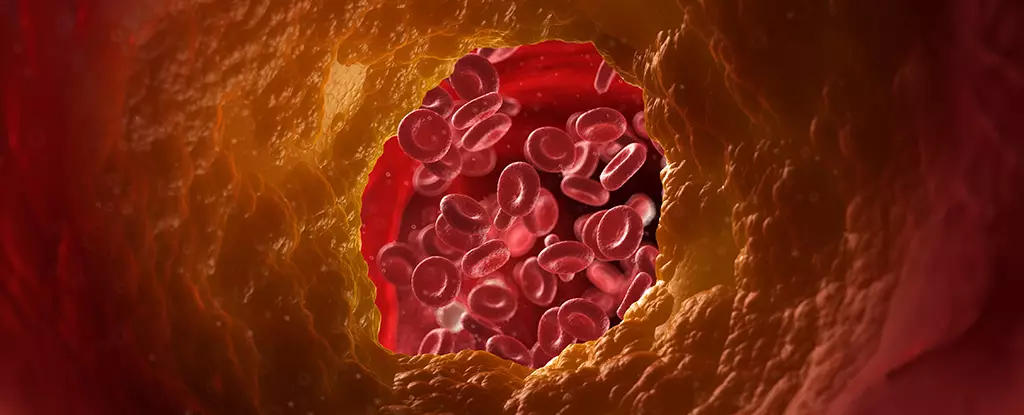Cardiovascular disease remains a leading cause of mortality worldwide, largely driven by the accumulation of plaques within arterial walls due to atherosclerosis. To comprehend how innovations in medical science can combat this prevalent issue, one must first grasp the underlying mechanisms of plaque formation and its detrimental effects on the human body. Recent advances in nanotechnology have unveiled potential treatments that may significantly alter cardiovascular disease management.
To address the significance of ongoing research, we need to understand atherosclerosis. This condition occurs when fatty substances, including cholesterol, dead cells, and other debris, accumulate in the arterial walls, leading to their thickening and increased rigidity. Over time, this build-up obstructs blood flow, fostering conditions ripe for heart attacks and strokes. Traditional risk factors such as poor diet and sedentary lifestyle exacerbate this process, demanding a comprehensive approach towards prevention and treatment.
Recent studies highlight the importance of maintaining clear and inflammation-free arteries to mitigate the risks associated with this lethal condition. Innovative solutions are emerging, notably the introduction of carbon nanoparticles that combine advancements in drug delivery with targeted immunotherapy, potentially revolutionizing the field of cardiovascular health.
At the forefront of this pioneering research are carbon nanoparticles—minuscule carriers that, despite their size being smaller than a human hair, have a significant impact on atherosclerosis treatment. Led by a collaborative team from Michigan State University and Stanford University, researchers have successfully demonstrated that these nanoparticles can deliver drugs that activate the immune system, specifically targeting the inflammatory processes involved in plaque formation.
The crucial breakthrough reported in their studies involved testing this nanoparticle-based therapy on pigs afflicted with atherosclerosis. Utilizing advanced imaging techniques like positron emission tomography (PET) scans, researchers were able to visualize substantial reductions in arterial plaque. Such success in larger animal models is paramount because it lays the groundwork for future human clinical trials.
A noteworthy process activated by the nanoparticle therapy is efferocytosis. This natural function of the immune system facilitates the clearance of dying or dead cells from the arteries, which accumulate and contribute to plaque development. In a state where efferocytosis becomes overwhelmed by excess plaques, cardiovascular health deteriorates rapidly. The researchers’ work pointed to the potential of nanoparticles to restore and amplify this critical cleaning mechanism, offering hope not just for prevention but for the reversal of existing conditions.
Importantly, one of the most reassuring results of this investigation was the absence of collateral damage to healthy cells, which is a significant risk in many traditional therapies. This precise targeting reduces the likelihood of side effects such as anemia, which often complicates treatments aimed at ameliorating plaque accumulation.
The implications of these findings are vast and essential, especially considering the mounting prevalence of cardiovascular diseases globally. Atherosclerosis is linked to numerous fatal outcomes, including heart attacks and strokes. Thus, the development of effective therapies like the nanoparticle approach serves as a beacon of hope for millions at risk.
As the researchers move closer to initiating human clinical trials, additional consideration must be given to the integration of lifestyle changes in conjunction with this advanced treatment. Diet alterations and increased physical activity remain foundational elements of cardiovascular health. A multifaceted approach that combines innovative therapies with traditional methodologies may yield the best outcomes.
The developments in nanoparticle therapy offer a glimpse into the future of cardiovascular health management. By effectively targeting and reducing arterial plaque, this research not only addresses a critical health issue but also embodies the innovative spirit of modern medicine that constantly seeks to enhance patient outcomes. As we await the transition from animal studies to human trials, the medical community watches with keen interest, hoping that these advancements will soon translate into tangible benefits for those suffering from cardiovascular diseases.



Leave a Reply